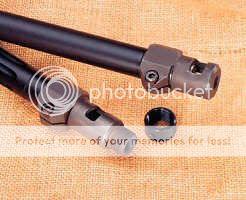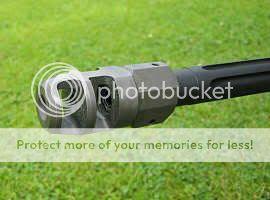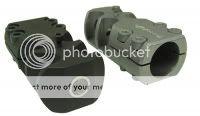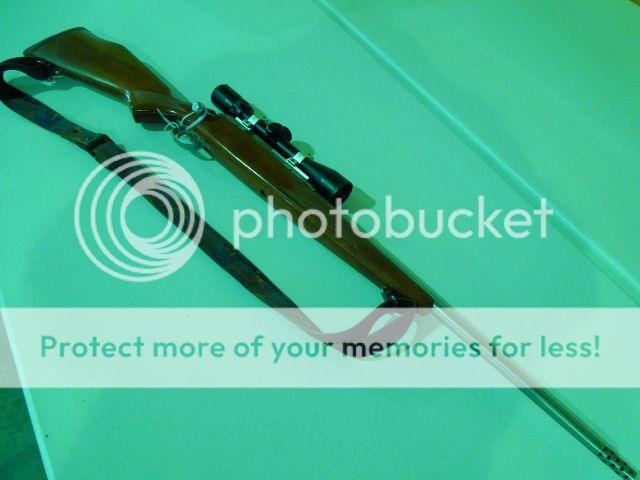Bull45cal.
Well-Known Member
Here is the question. I am going to purchase a 30" Shilen Savage Pre-fit Bull barrel chambered in .30-06. I will be shooting 208 -220gr bullets through it, and need some recoil reduction. This will be my long range hunting/target rifle, so I have been toying with the idea of adding a muzzle brake, or porting the barrel. Being a big "DIY" kind of guy, I will be doing all the machining work myself. I'm weighting the pro and cons of both, so please chime in. My porting work will essentially be an integrated muzzle brake (tank barrel style brake). Because I will be using it in situations where ear protection will not always be able to be used, I have come up with a simple solution I call my Sound Deflector. This device will essentially be a piece of pipe slipped over the ports, directing the sound forward. I am including a few pictures, so take a look at them and tell me what you think.
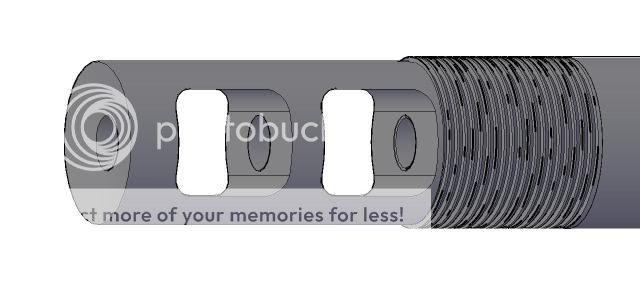
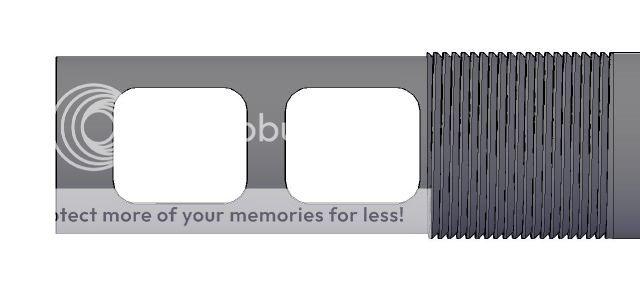
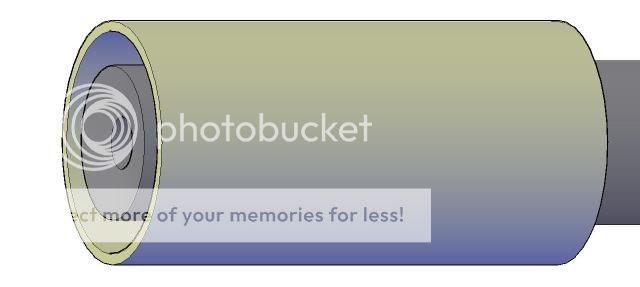

Here is the muzzle end of the barrel with the two 0.625x0.728 slots milled into the barrel

Here is a side view of the muzzle. (threads to the right of the first port are for the Sound Deflector)

Here is the Sound Deflector installed. Notice the gap between the barrel and the SD, as this allows the gases and sound to escape forward.

